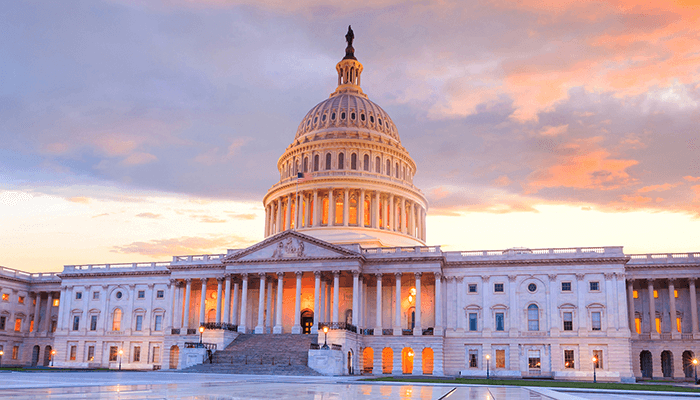What Would It Take to Reach “Big, Beautiful, Balance”?
If policymakers enact the House-passed reconciliation bill, they will need to find at least $17 trillion in savings to balance the budget.
President Trump gave a speech to Congress in March, telling lawmakers he wanted to balance the budget. He’s made this promise many times before, including in a Cabinet meeting, at a conference, and on social media.
But what would it actually take?
Under current law, we estimate it would require about $15.2 trillion in ten-year budgetary savings to balance the federal budget by 2034.
The One Big Beautiful Bill Act (H.R. 1) would move the country in the opposite direction. By our estimate, it would add roughly $3 trillion to the national debt or $5 trillion if temporary policies are made permanent. If the reconciliation package is signed into law, we estimate that balancing the budget by 2034 would require about $17 trillion in savings, or over $19 trillion if temporary policies are made permanent.
It’s easy to talk about fiscal responsibility. It’s much harder to make the tough decisions necessary to achieve it.
While there’s no single correct fiscal target – and budget balance isn’t strictly required for sustainability – Americans deserve to understand the tradeoffs behind the goals politicians set.
Unfortunately, the Senate’s reconciliation instructions would allow for even more borrowing than the House’s plan. If lawmakers enacted legislation consistent with the Senate’s savings and deficit targets, we estimate it would take more than $20 trillion in savings to balance the budget by 2034.
If you’re calling to balance the budget, you should also call for Congress to go back to the drawing board and produce legislation that actually moves toward that goal.


